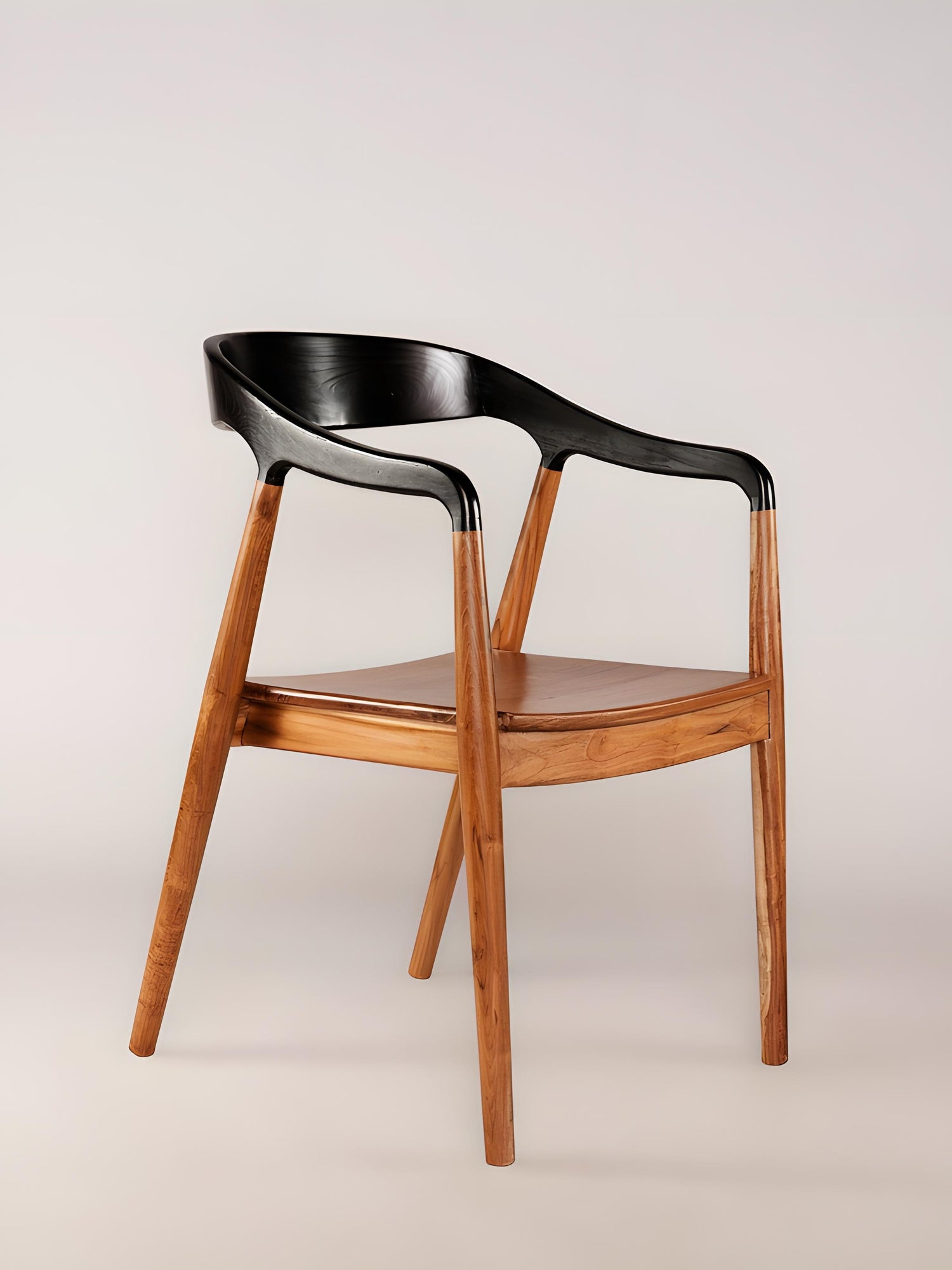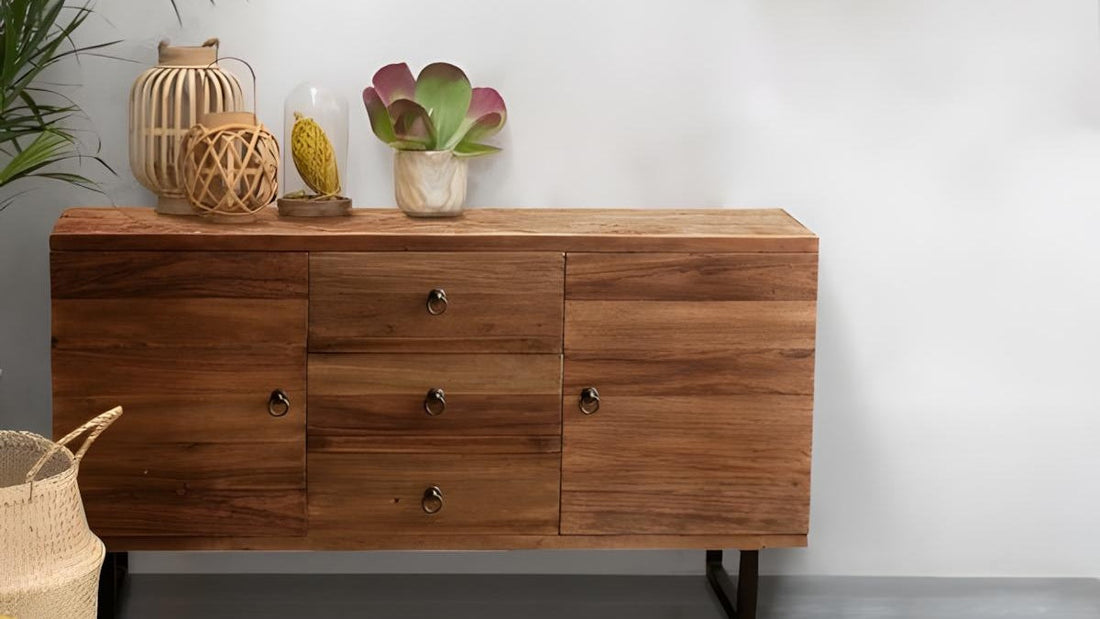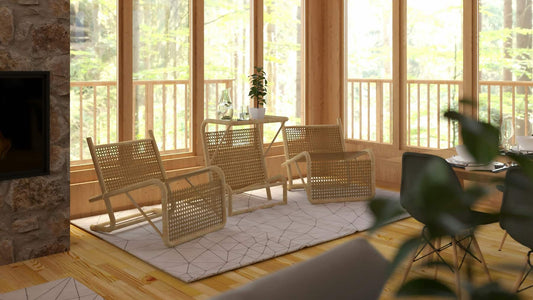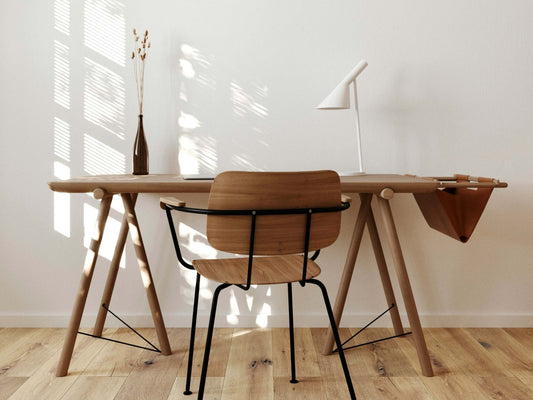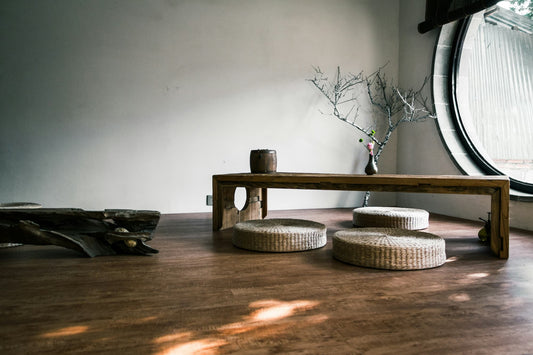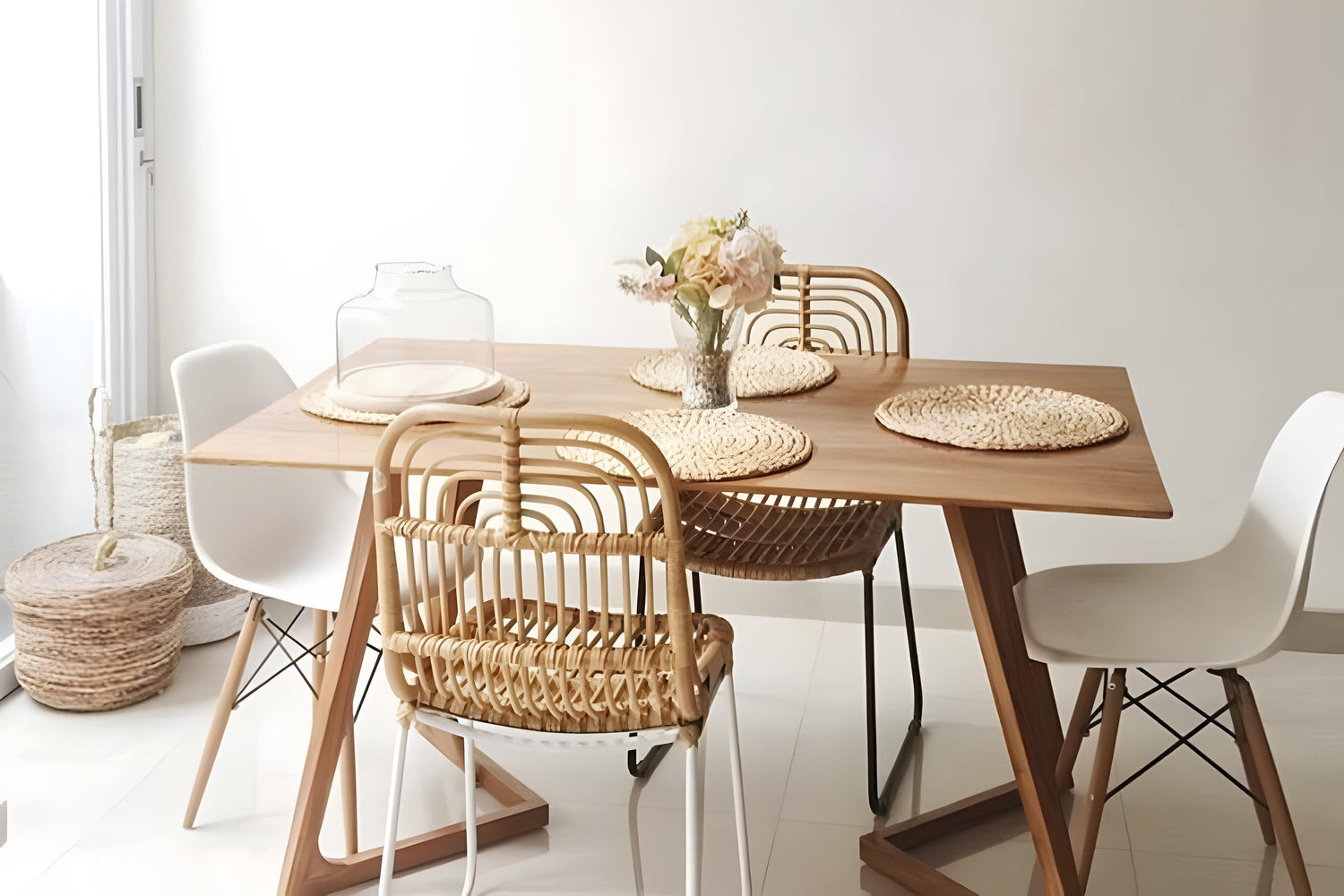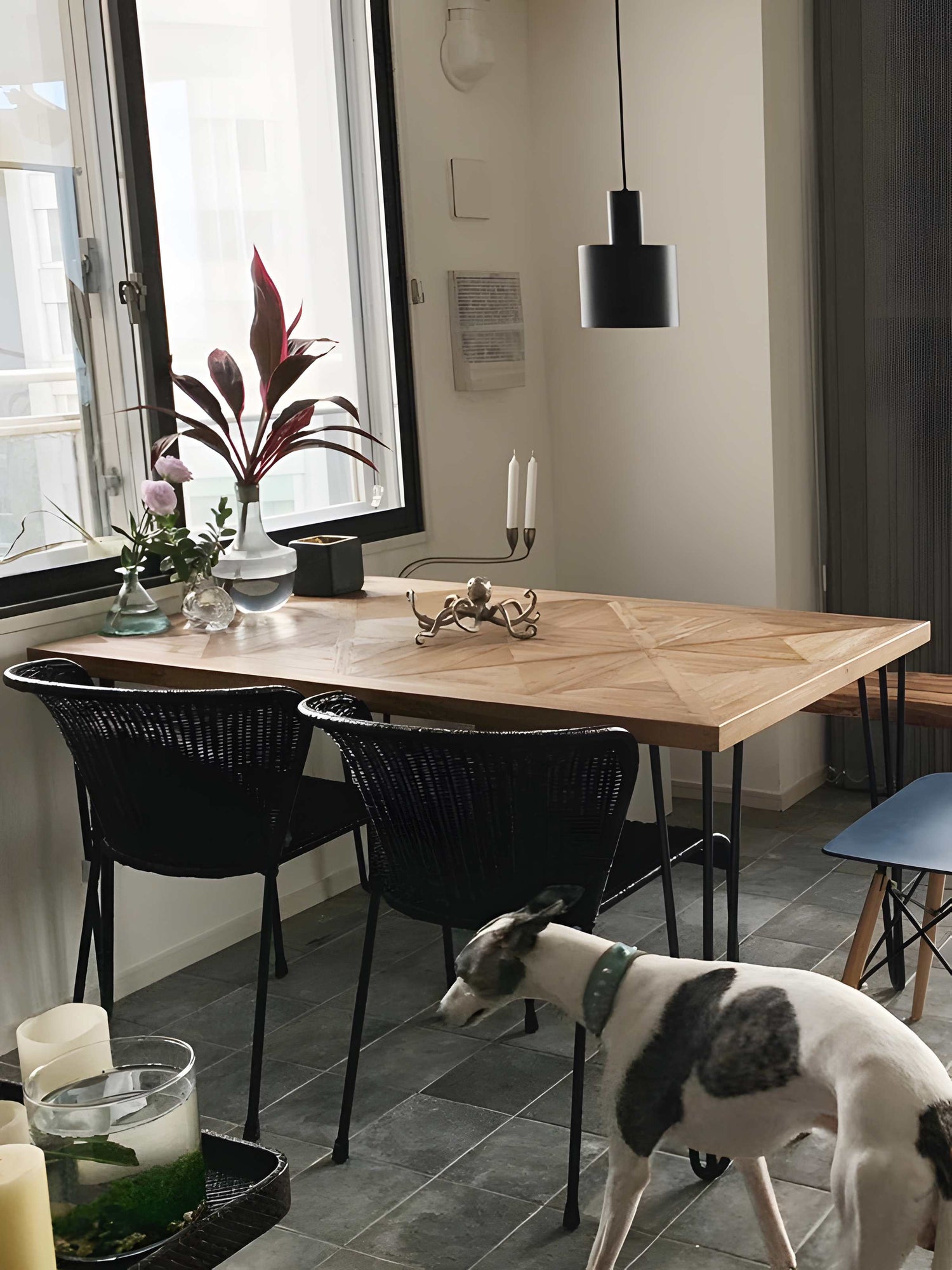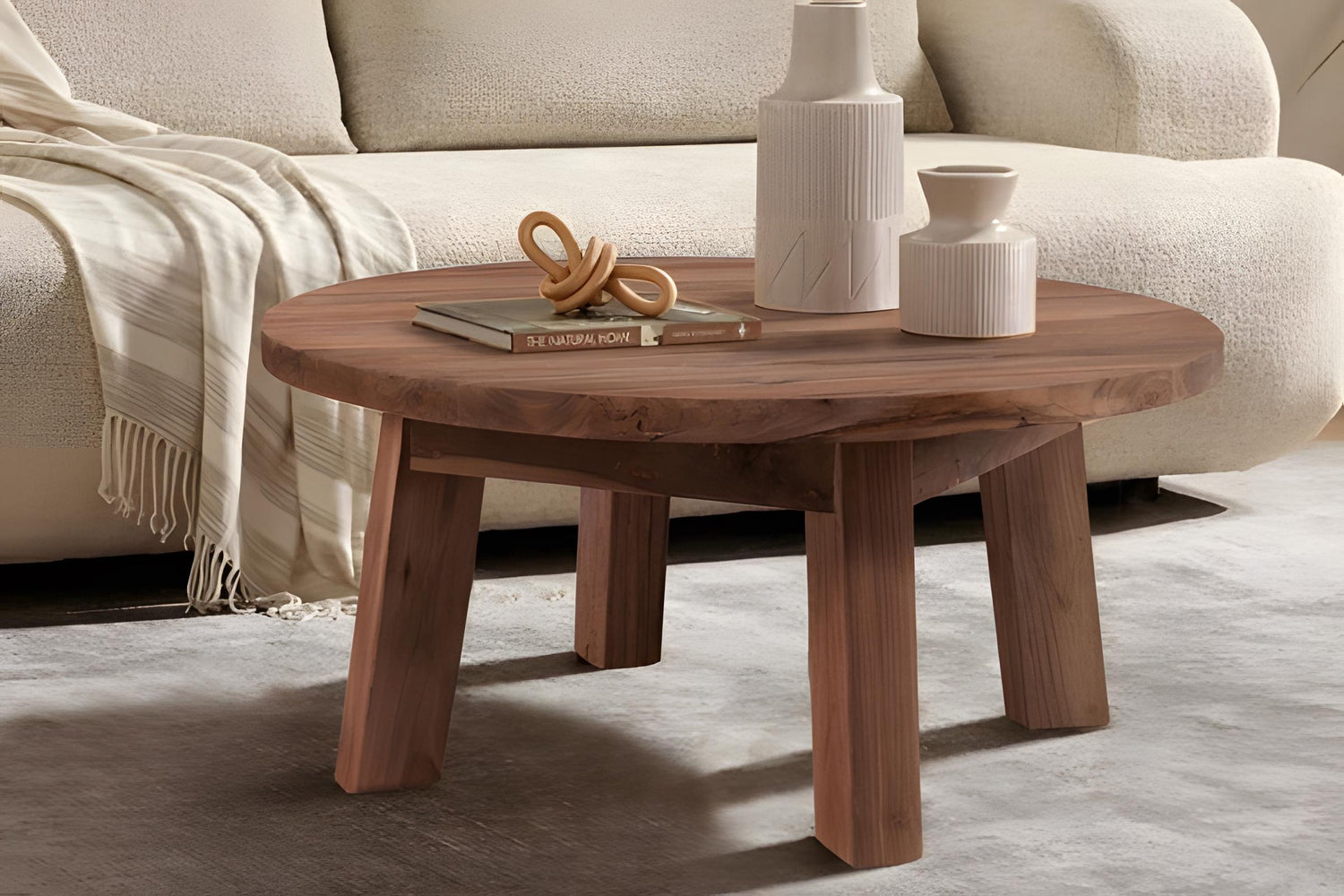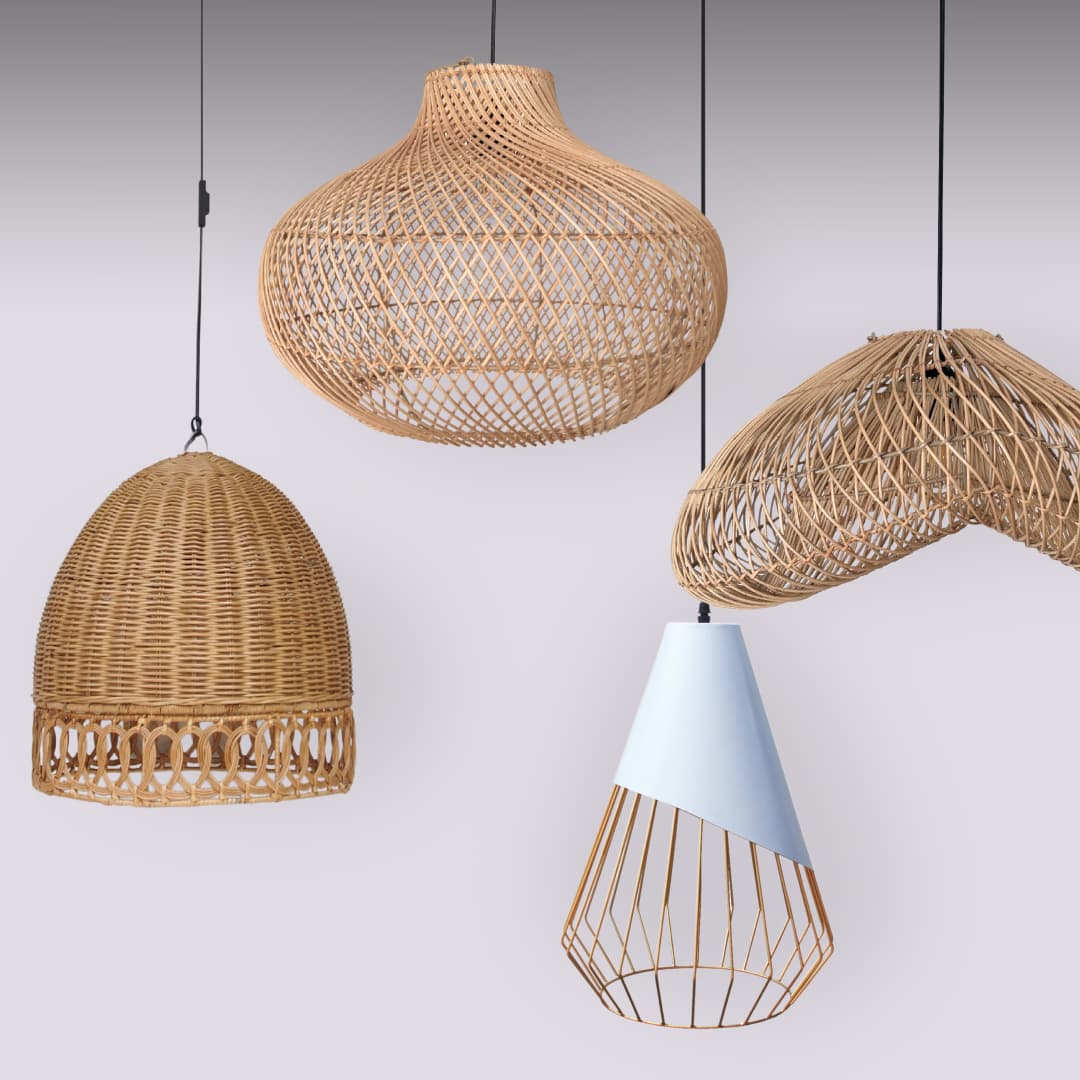When it comes to selecting quality wood furniture, discerning buyers are often drawn to pieces that blend durability, aesthetics, and sustainability. Among the many regions that produce wooden furniture, Indonesia stands out as a global leader. Renowned for its fine craftsmanship, sustainable practices, and high-quality materials, Indonesian wood furniture has captured the attention of furniture enthusiasts worldwide. But what exactly makes Indonesian wood furniture superior to those produced elsewhere? This blog will explore the factors that contribute to the excellence of Indonesian wood furniture and why it should be at the top of your list when purchasing new furniture for your home.
|
The Rich History of Indonesian Wood Furniture Manufacturing The Superiority of Indonesian Wood Types
|
The Rich History of Indonesian Wood Furniture Manufacturing
Indonesia has a long and storied history in furniture manufacturing that stretches back centuries. Woodworking is an integral part of Indonesia’s cultural heritage, with evidence of fine craftsmanship dating back to ancient times. Some of the earliest records show that Indonesian artisans were already adept at creating intricately carved furniture and wooden structures, using tools and techniques passed down through generations.
During the colonial period, particularly under Dutch influence, Indonesia became one of the primary furniture exporters in Southeast Asia. The Dutch capitalised on the country’s abundant natural resources and skilled workforce, further refining the woodworking techniques that were already in place. Over time, Indonesian furniture evolved into an industry that is deeply rooted in traditional craftsmanship while embracing modern methods to meet the growing global demand.

Today, Indonesian furniture remains a dominant force in the global market. In 2022 alone, Indonesia's furniture exports reached over US$2.9 billion, with wooden furniture accounting for a significant portion of this. This strong export market underscores the enduring appeal of Indonesian wood furniture and the trust consumers place in the quality and craftsmanship that Indonesian artisans consistently deliver.
The Superiority of Indonesian Wood Types
Indonesia’s vast tropical forests are home to some of the most prized wood species used in furniture making. These high-quality woods have properties that make them ideal for furniture production, including durability, resistance to weathering, and aesthetic appeal. The top woods used in Indonesian furniture include teak, suar, mindi, sungkai, and reclaimed teak. Let’s delve into what makes these woods special.
Teak Wood: The Gold Standard in Furniture
Teak (Tectona grandis) is perhaps the most famous of all Indonesian hardwoods. It is highly regarded for its durability, strength, and rich colour. But what sets Indonesian teak apart from teak sourced in other countries?
One key factor is the high oil content of Indonesian teak. This natural oil acts as a barrier against moisture, termites, and other pests, making the wood naturally resistant to decay. This is particularly beneficial for outdoor furniture, which must endure varying weather conditions. Furthermore, teak’s dense grain structure and tight texture ensure that it can withstand heavy use without warping or cracking over time.
Teak’s remarkable longevity has made it a favourite material for furniture, both indoors and outdoors. This is why furniture made from Indonesian teak is often seen as an investment—pieces made from this wood can last for generations, becoming heirlooms in the process.
Suar Wood: Nature’s Artistry
Another wood frequently used in Indonesian furniture is suar (Albizia saman), also known as rain tree wood. Suar wood is renowned for its wide, dramatic grain patterns, which give each piece of furniture a unique, organic appearance. No two pieces of suar furniture look exactly the same due to these natural variations, making it an excellent choice for those who appreciate one-of-a-kind designs.
Suar is also a hardwood, making it incredibly durable. Its resistance to splitting and cracking, even when crafted into large, solid pieces like dining tables or benches, makes it a versatile option for many types of furniture. Suar wood’s aesthetic versatility—ranging from natural, light finishes to darker, more polished looks—ensures that it can complement a variety of interior styles.

Mindi and Sungkai Woods: Light, Durable, and Versatile
For furniture that requires a lighter touch without sacrificing durability, mindi (Melia azedarach) and sungkai (Peronema canescens) woods are often used. These lighter-coloured woods have beautiful, fine grains and are ideal for minimalist, modern, or Scandinavian-inspired furniture designs. Both woods are relatively easy to work with and can be stained or painted to fit a range of design preferences.
Mindi wood is slightly denser than sungkai, making it particularly suitable for pieces that need a bit more robustness, such as bookcases, dining tables, and bed frames. Sungkai, on the other hand, offers a more delicate and airy look, making it perfect for crafting smaller items like chairs, side tables, and shelving units.

Unparalleled Craftsmanship and Techniques
Indonesian furniture makers are known for their expertise in woodworking, a craft passed down through generations. The artisans, particularly those from Jepara, an area famous for its woodworking industry, combine traditional hand-carving techniques with modern tools to produce intricate designs and durable constructions.

Jepara has been the centre of Indonesia’s furniture-making industry for centuries, with local artisans renowned for their detailed carvings. Many Jepara craftsmen are still trained in the traditional ways, ensuring that the skills are preserved and passed down. These intricate hand-carvings, combined with precise joinery techniques, make Indonesian furniture pieces not just functional, but also works of art.

Unlike many mass-produced items from other parts of the world, Indonesian furniture often retains this handcrafted touch. Artisans spend hours perfecting details such as dovetail joints, hand-sanded finishes, and decorative carvings, ensuring that each piece is of the highest quality. Even in modern production facilities, this commitment to craftsmanship remains a cornerstone of the Indonesian furniture industry.
Ethical and Sustainable Manufacturing Practices
In an age where sustainability and ethical sourcing are becoming increasingly important, the Indonesian wood furniture industry has adapted to meet these demands. The country has implemented various measures to ensure that its furniture is produced in an environmentally responsible manner.
Sustainable Forestry and SVLK Certification
One of the most significant advantages of Indonesian wood furniture is that much of the wood is sourced from sustainably managed forests. The Indonesian government, through state owned Forest Enterprise like Perum Perhutani, regulates the harvesting of teak and other hardwoods to ensure that logging is done in an environmentally sound manner. This includes practices such as selective logging and reforestation, which help maintain the health of the forests and preserve biodiversity.
Indonesia has stringent regulations to ensure sustainable forestry practices. The Sistem Verifikasi Legalitas Kayu (SVLK) certification, the acronym of Indonesia’s national timber legality assurance system, ensures that all wood used in furniture is sourced legally and responsibly. Many Indonesian furniture makers are certified under this system, offering peace of mind to those seeking ethically produced products.

Reclaimed Wood: A Step Towards a Greener Future
The use of reclaimed wood in Indonesian furniture production is another environmentally friendly practice. By repurposing old wood, manufacturers reduce the need for new timber and lower their environmental footprint. This is increasingly important as consumers seek products that align with their values of sustainability and eco-conscious living.
For those looking to reduce their environmental impact without compromising on style or quality, furniture made from reclaimed Indonesian wood offers the perfect solution. The beauty of reclaimed wood lies not only in its sustainability but also in the character and history imbued in every piece.

Affordability of Indonesian Wood Furniture
One of the key advantages of Indonesian furniture, aside from its quality and craftsmanship, is its affordability. Indonesian wood and rattan furniture are often more cost-effective compared to similar pieces from other regions, without compromising on quality or durability.
Cost-Effective Production Without Sacrificing Quality
Indonesia benefits from an abundant supply of high-quality raw materials such as teak, suar, and rattan, which helps to keep production costs lower than in other countries. Additionally, the long tradition of woodworking and rattan weaving in Indonesia means that artisans have honed their skills over generations, leading to highly efficient production processes.
Lower labour costs in Indonesia, combined with government support for the furniture industry, contribute to making Indonesian furniture more affordable. This means buyers can acquire beautiful, durable pieces at competitive prices, offering excellent value for money.
A Smart Investment
While Indonesian furniture is affordable, it is by no means cheap in quality. The use of high-grade woods like teak and suar, paired with traditional craftsmanship, ensures that Indonesian furniture is built to last. Investing in Indonesian wood furniture means you are getting premium pieces that offer both durability and style for a fraction of the cost you might pay elsewhere.
Whether you're looking to furnish your entire home or just add a statement piece, Indonesian furniture offers a budget-friendly option without compromising on aesthetic appeal or durability.
Versatile Designs to Suit Any Style
Indonesian wood furniture is known for its versatility in design. Whether your style leans towards modern minimalism, rustic charm, or timeless elegance, Indonesian furniture makers have something to offer. The range of wood types, combined with expert craftsmanship, allows for an array of styles that suit any preference.
Modern and Minimalist
For those who favour clean lines and minimalist designs, Indonesian furniture makers offer a wide selection of sleek, unadorned pieces. Teak and suar wood, in particular, lend themselves well to modern aesthetics, with their smooth surfaces and rich, natural hues. Pieces such as dining tables, chairs, and sideboards made from these woods can add warmth to contemporary interiors without overwhelming the space.

Rustic and Traditional
For those who prefer a more traditional or rustic look, Indonesian artisans offer intricately carved furniture made from teak, mindi, or reclaimed wood. The hand-carved details, combined with the natural beauty of the wood, create statement pieces that evoke a sense of history and craftsmanship. These designs often feature ornate details, making them perfect for those who appreciate a more classic, timeless aesthetic.
Custom Furniture
One of the unique aspects of Indonesian wood furniture is the ability to have custom pieces made. Many manufacturers offer bespoke services, allowing you to choose the size, finish, and design that perfectly fits your home. This level of personalisation is rare in mass-produced furniture from other regions, giving Indonesian furniture a distinct edge when it comes to individuality and craftsmanship.
Conclusion: The Timeless Appeal of Indonesian Wood Furniture
Indonesian wood furniture is an exceptional choice for anyone seeking a combination of quality, durability, and aesthetic appeal. Its use of premium wood types, commitment to craftsmanship, and eco-friendly practices make it stand out in the global market. Whether you are drawn to the rich grain of teak, the dramatic patterns of suar, or the sustainable beauty of reclaimed wood, Indonesian furniture offers something for every style and preference.
If you’re exploring options for Indonesian wood furniture in the UK, take a moment to browse the collection at Mellowdays Furniture.
